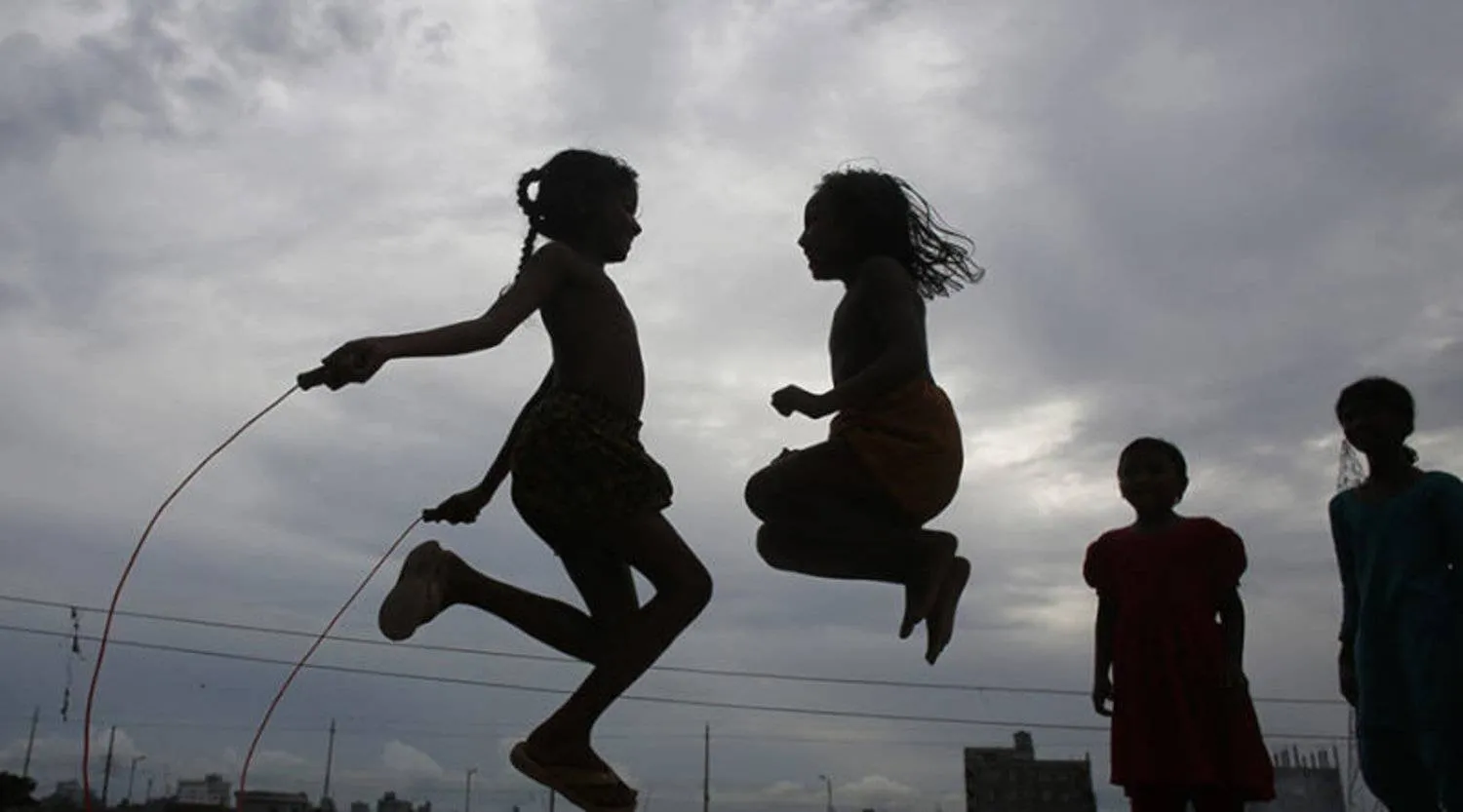Somalia lives in an ongoing path of tragedies, and the latest was an attack led by Harakat al-Shabaab militant group on a hotel in Mogadishu. Still, the death of Mohamed Ibrahim Warsame, known as “Hadrawi”, aged 79, on Thursday hit hard in the whole country.
This reaction was not surprising, Hadrawi has long been known as one of Somalia’s greatest poets, according to a mourning article in The Guardian newspaper. Warsame wasn’t only esteemed because of his poetry, but because he was always closely related to his country’s causes, from a young age. Prison and oppression never broke him or prevented him from writing for peace and democracy.
In 1973, he was jailed by former president Mohamed Siad Barre, for five years. He was accused of incitement against the government, his works were banned, but he kept writing poetry, and his works were secretly published and distributed.
The songs and poems he wrote were full of metaphors, so they were hard to control by the military regime.
In the early 1990s, during a civil war that killed thousands of Somalians, Hadrawi traveled the country in a “peace itinerary”, calling the different warring parties to reject violence. His reconciliation message was welcomed among Somalians inside the country and abroad.
“Poet Mohamed Ibrahim Warsame (Hadrawi) was a symbol of unity and peace. He was a major pillar in Somalia’s arts and literature, and played a pioneering role in preserving the Somalian culture and enhancing our language. All Somalian families are mourning him today,” said President Hassan Sheikh Mohamud in mourning the late poet.
Salah Ahmed, poet, playwright, and Somalian language professor at the US Minnesota University, said: “We will always be proud of the abundant poetic, cultural, and academic heritage he left.”
The European Union, Norway, and the United Kingdom sent condolence messages to the Somalian government.
“Hadrawi wasn’t Somalia’s Shakespeare, but Somalia's Hadrawi. He was more than a poet, he was a philosopher, and a fighter for freedom. He spent many years in jail because he opposed oppression and tyranny,” said Somalian singer and composer Aar Maanta about Hadrawi.
“He wrote some of the best love songs, and poems that Somalians in the Horn of Africa region adored and believed in,” he noted.
Ahmed, who knew Warsame since the late 1960s, said that “Hadrawi was one of the kindest people I have ever met. His poems spoke for those who didn’t have a voice…we will miss him, but we will always be proud of the academic heritage he left.”
Somalia is known as the “nation of poets”, but its heritage has remained vocal, as the Somalian language was written once, in 1927.









